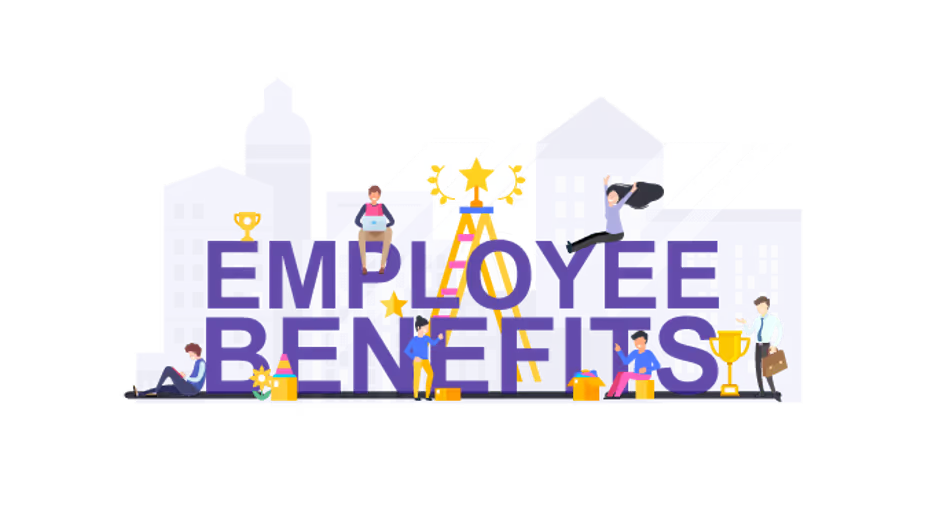Mistakes to Avoid in Employee Benefits Administration

Employee benefits mistakes can have serious consequences. This is especially true for employers trying to attract and retain quality employees.
If you're not careful, you could end up with an underpaying or overpaying employee who leaves your company because of irregular and out of sync benefit plans.

Common Employee Benefits Mistakes
Here are some of the most common employee benefit mistakes you want to avoid as an employer.
● Not knowing what the average cost of an employee benefit is.
● Non-updation of your company's benefits program as time goes on.
● Using outdated data when it comes to calculating your employee benefit costs.
● Having a non clear understanding of what each employee should be contributing towards their benefits package or needing more information to understand how much they spend on their benefits every month (or year).
● You must ensure everyone eligible for your company's medical plan receives one by providing all employees are adequately covered under your health insurance plan before you start offering it to new hires (or at least well before they start working for you)
What Are Employee Benefits?
Employee benefits are a great way to attract and retain talent. They can also help you retain employees, lower absenteeism, and reduce turnover.
You can even create an incentive for employees to stay with your company with the right employee benefits. They are a must-have for any organization that wants to gain or retain the trust of its employees.
Types of Employee Benefits & How to Choose Them
Many types of employee benefits are available: health insurance, life insurance, accident insurance, disability insurance, and more.
Each type of benefit has different requirements and rules that must be followed in order to be eligible for reimbursement.
When choosing which type of employee benefit is best for your business, consider these factors.
Firstly, the size of the company; if you provide employee benefits already; what the costs will be; whether or not your employees have access to other sources of health care coverage outside of work hours; if it will affect morale among employees who may have different types of health insurance coverage than others in a company hierarchy (such as part-time employees earning less than full-time employees).
Conclusion
Some common mistakes frequently happen, such as failing to notify employees of changes to benefits, not offering employees a choice of benefits and/or plan designs, and failing to ensure that employees use their choices.
An effective employee benefits administration strategy can help you avoid these mistakes and save you money on your employee benefit costs.
Learn More: Employee Benefits: The Complete In-Depth Guide
Find out how Compport can help you manage all your Employee Benefits process, book a demo today!
%2520(6)%2520(2).avif)


%20(48).png)
%20(47).avif)
%20(46).avif)
